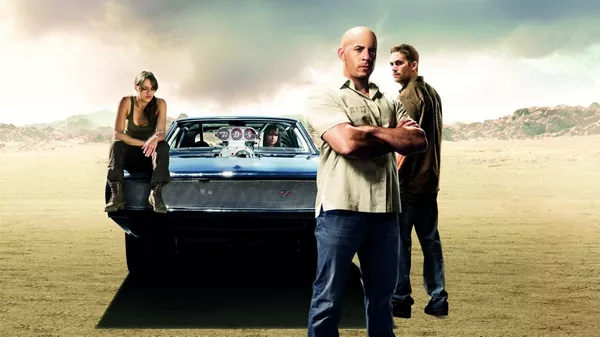How Did Han Survive in Tokyo Drift?
In the high-octane world of the Fast & Furious franchise, there are few characters as beloved as Han Lue. Portrayed by Sung Kang, Han’s presence in the series has captivated audiences since his introduction in “The Fast and the Furious: Tokyo Drift.” However, one of the most puzzling aspects of the franchise was how Han’s character survived the events of that film, despite seemingly meeting a tragic end. In this article, we will delve into the extended explanation of how Han managed to cheat death and make a surprising return in later films.
The Tokyo Drift Dilemma:
In “The Fast and the Furious: Tokyo Drift,” Han’s character met an unfortunate demise during a high-speed chase. His car collided with another vehicle, causing a fiery explosion that appeared to claim his life. This left fans shocked and saddened by the loss of such a beloved character. However, the franchise’s timeline became somewhat complex, leading to Han’s return in later installments.
Retconning the Timeline:
To address the discontinuity, the Fast & Furious series employed a narrative technique known as “retconning.” Retconning, short for retroactive continuity, is a method used in storytelling to alter or reinterpret established facts within a fictional universe. In this case, the filmmakers decided to shift the timeline and reveal that the events of “The Fast and the Furious: Tokyo Drift” occurred after several other films, creating a clever and unexpected twist.
Revealing the Mastermind:
Deckard Shaw In “Fast & Furious 6,” it is revealed that Deckard Shaw (played by Jason Statham), the main antagonist of the subsequent films, was responsible for Han’s apparent death. Shaw, seeking revenge for the actions of the Fast & Furious team, orchestrated the collision that took Han’s life. This revelation added another layer of complexity to Han’s story and set the stage for his eventual return.
The Retribution:
“Fast & Furious 9” In “Fast & Furious 9,” the truth about Han’s survival is finally unveiled. It is revealed that Han’s death was staged, and he had been in hiding all along. Mr. Nobody (played by Kurt Russell), an intelligence operative, had orchestrated Han’s disappearance to protect him from Shaw’s relentless pursuit. Han had been living under a new identity, revealing that his survival was carefully planned to deceive both the audience and Shaw himself.
The Connection to Dom’s Crew:
The events of “Fast & Furious 6” and “Furious 7” occur chronologically after the events of “The Fast and the Furious: Tokyo Drift.” Therefore, Han’s survival paves the way for his reunion with the core Fast & Furious team led by Dominic Toretto (played by Vin Diesel). Han’s reappearance provides a catalyst for the overarching narrative and helps tie together the various storylines within the franchise.
Conclusion
Through the clever use of retconning and intricate storytelling, the Fast & Furious franchise managed to resurrect the beloved character of Han Lue, providing fans with an unexpected and satisfying twist. The revelation of his survival and the subsequent explanation of his staged death not only adds depth to the character but also enhances the overall mythology of the franchise. Han’s return ensures that his legacy lives on, captivating audiences and contributing to the ongoing success of the Fast & Furious saga.
RELEATED READING
-
Is Paul Walker in “Tokyo Drift”?
-
Fast & Furious: From Tokyo Drift to Global Adventures
-
Han’s Surprising Resurrection in Fast and Furious 4
-
Will There Be a Fast and Furious 11?

